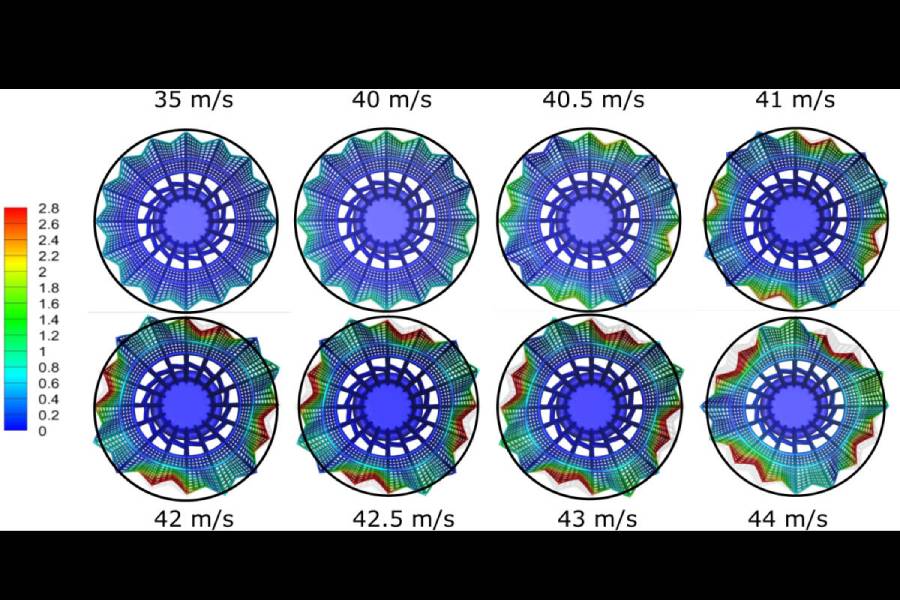Indian researchers have probed how badminton shuttlecocks made from nylon change shape and performance at different speeds in a landmark study that they say could lead to superior nylon shuttlecocks that mimic traditional ones made from duck feathers.
The study that has documented how the skirts of nylon shuttlecocks deform at high speeds has also yielded in unprecedented detail aerodynamics data that explains why nylon shuttlecocks behave so differently from traditional duck feather shuttlecocks.
“Our long-term goal is to make badminton independent of the type of shuttlecock used,” said Sanjay Mittal, professor of aerospace engineering at the Indian Institute of Technology, Kanpur, who led the study published on Tuesday in the research journal Physics of Fluids.
Badminton, widely viewed as the second most popular sport in the world after football, is also the fastest racquet sport with shuttlecock speeds reaching 137 metres per second in what are considered “smash shots”.
Traditional shuttlecocks were crafted out of duck feathers — 16 feathers arranged in a skirt-like formation around a cork. But the feathers are brittle and damage quickly and need to be replaced frequently, adding to the expense of the game. Duck feather shuttlecocks continue to be used in professional badminton tournaments but elsewhere, nylon shuttlecocks have emerged as alternatives because of their superior
durability.
Mittal and his students studied the airflow around the shuttlecock and found that as its flight speed increases, the pressure on the skirt causes it to deform inwards or buckle — the higher the speed, the greater the deformation.
At a speed of 35 metres per second, the skirt retains its circular shape, but deformations emerge between 41 to 42 metres per second. At 44 metres per second, it buckles and deforms into a square. Such a deformed shuttlecock offers a much lower air resistance than under its normal circular shape.
“A duck feather shuttlecock does not deform the way the nylon shuttlecock does,” Mittal said. The deformation and the consequent lower air resistance could alter the behaviour of the shuttlecock during a game.
For instance, when a player smashes a nylon shuttlecock towards an opponent, its travel time would be shorter than if it was a duck feather shuttlecock. From the perspective of the opponent in the game, the nylon shuttlecock arrives earlier and is harder to return than a duck feather shuttlecock.
“We’re hoping this study will open the possibility of improved designs that would make nylon shuttlecocks structurally stiffer so that it closely mimics the aerodynamic performance of the duck feather shuttlecocks,” Mittal said. “But it’ll be a challenge.” Under the Badminton World Federation specifications, shuttlecocks need to weigh between 4.7 grams to 5.5 grams. “For any changes in the nylon shuttlecocks, designers would have to work with some 3 grams of nylon.”










